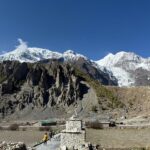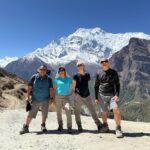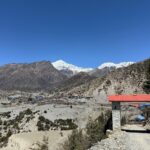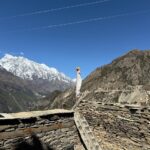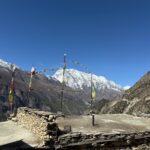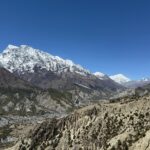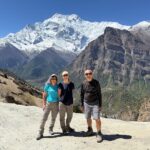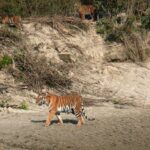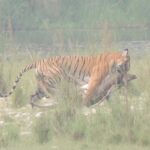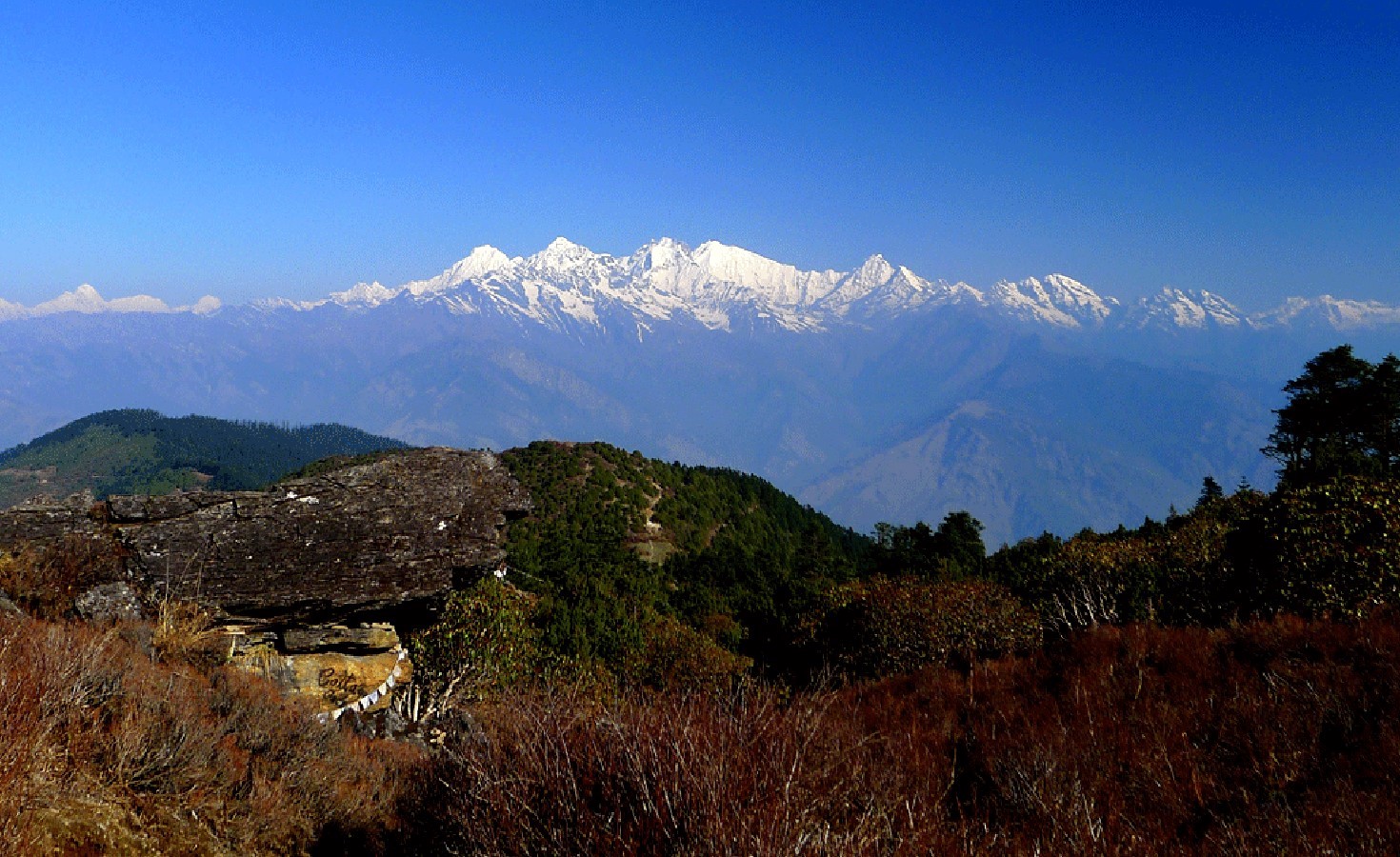
Types of Trekking in Nepal
Types of Trekking in Nepal – Nepal has many trekking routes and generally we can categorize Nepal treks on the basis of accommodation types on the route and by difficulty level. By the accommodation types on the route, there are two types of treks that includes tented trek also known as camping trekking and local lodging trek also known as teahouse trekking. By the difficulty level, there are treks that can be anything from an easy one to a moderate one or one that can be really hard a one.
“You don’t have to be a fantastic hero to do certain things – – to compete. You can be just an ordinary chap, sufficiently motivated to reach challenging goals.” By Edmund Hillary
Tented/ Camping Trekking
Tented or camping trekking is accommodated in tents and employee porters to carry your equipments and gears. In this trek, Guide will be your main leader of all the trekking teams, Assistant Guide (Sherpa) will set up camp and cook will prepare and serves fresh meal of western food or on your choice. Our camping trek includes an English-speaking or other relevant language speaking Trekking Guide with valid licenses from Nepal Government. Our porters will carry all trekking gears, food, fuel, and other necessary equipment for the trekking. For accommodation, we provide spacious waterproof tents with comfortable sleeping mattresses, dining tent with tables and campstools giving a cost and comfortable atmosphere to eat and chat among trekkers during the evening. In a typical Camping Trek, each morning you provide a cup of hot tea and a bowl of warm water for washing and cleaning. After packing up your personal belongings and daypack, you will have a breakfast and depart camp for the day’s trek which begins around 7 – 8 A.M. One can carry a small daypack where can pack and carry water bottle, rain gear, camera, sun cream, toilet paper etc. The Trekkers walking pace depends upon his or her own time for viewing the beautiful landscape, taking photographs or having a short break. The Camping treks we operate are Manaslu, Upper Mustang, Upper Dolpo, Kanchenjunga, Makalu, Ganesh Himal and unbeaten paths of Nepal.
Lodging/ Tea House Trekking
In the Lodging or Teahouse trekking includes an English-speaking or relevant language speaking Trekking Guide with valid licenses from Nepal Government. The popular way to trek in Nepal for foreigners and Nepalese is to using local lodges to accommodate and refresh. There are certain trekking areas where these facilities are available to contain, particularly in the Everest Region, Annapurna Region and Langtang Region. In these areas one can trek with a bare minimum equipment and rely on lodge. In these Areas, we arrange and operate an entire lodge trek for our clients and to provide food and shelters a part of package program. The porters will carry trekker personal luggage and some food. The Tea house/Lodge trekking is the most popular form of trekking in the well developed tourist areas of Nepal including Annapurna, Everest and Langtang – Helambu regions. Most Teahouse/Lodges are locally run and provide clean accommodation with good food such as western continental meals and Nepalese (Dal Bhat). The Teahouse treks we operate are in the Everest, Annapurna, Langtang Regions.
Why ‘tea-houses’? To put it succinctly, there’s precious little point sleeping in a tent when a matter of yards away there’s a comfortable lodge or ‘tea-house’. This is why our fully supported tented treks are entirely away from all well-trodden routes in areas where there are no lodges. This is why ‘tea-house’ trekking is our chosen method in the Everest region, Annapurna region, Langtang region and other parts of Nepal using the best available lodges. Most of these lodges sleep perhaps 16-20 people, cook good food and are fairly concerned about hygiene. Most use kerosene for cooking. The basics of conservation and of ecology are practised with some success.
Typical Day on Teahouse Trekking
Usually our day on Teahouse trekking starts around 6:30-7:00 am, you can order your breakfast in teahouse lodge after dinner or before go to bed. In the morning after breakfast having – bread, jam, Muesli, Porridge, boiled egg, tea or coffee depending on your choice we start the day’s hike. Along hiking 3-4 hours we stop for lunch in midday 12:30-1:00pm and after we again continue the hike. Generally after lunch the hiking journey will be quite shorter and rest of the afternoon can be spent exploring village a bit of washing or simply relaxing with reading book or rest. Around 7:00-8:00 Pm your dinner will be served and simply hanging around the fireplace, order your breakfast and rest to bed.
Accommodation at Teahouse
Generally along the regular trekking areas have developed well facilities available teahouse lodges. Which are mainly used by trekkers walk along the trail, however some are very cozy and comfortable and some are basic standard. Eco Trek Nepal will accommodate you as best available enroute along the journey and your lodge room will be provided bed, pillow blanket. If you are using your own personal sleeping bag is always recommended to bring with you.
Food at Teahouse
Foods at local teahouses are hygienic and usually delicious which are prepared by using local agro-products. They offer a variety foods, for breakfast, Toast, different styles of eggs, pancake, porridge, Muesli with milk, and other creels, For lunch and dinner, variety of potato, different curries, rice, noodles and pasta, pizza, spring roll, Nepali food and others food, as well as soup and seasonal vegetables. They also use some from market which are not possible to grow up there and produce locally.
Easy Trekking in Nepal
Generally a trek stretching for about a couple days and with a decent terrain not involving much highs and lows is considered an easy trek. An easy trek generally involves a not so stressing walk of 4-5 kilometers in a day. A good example of an easy trek is the Kathmandu Valley trek which is a short and beautiful trek and can be done in 2.5 days.
Moderate Trekking in Nepal
A trek which involves crossing terrain which need a certain level of stamina, involve multiple days of walk in tougher conditions that pose a higher degree of challenge to the trekker and involves 5-6 hours of walking in a day can be considered to be a moderate trek. The Annapurna Base Camp trek in the Annapurna Region or Everest view Trek in every region can be considered a good example of a moderate trekking in Nepal.
Hard Trekking in Nepal
A trek that demands walking long hours per day, through steep inclines and deep gorges. A trek which involves ascending to altitudes above 14,000 feet and stretches to a week or more is generally considered a hard or tough trek. The treks to the Everest Base Camp, Upper Dolpo Trek are the good example of a hard trekking in Nepal.

